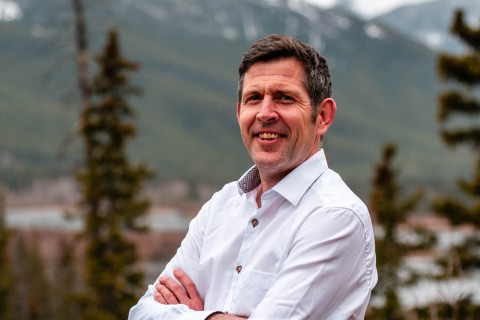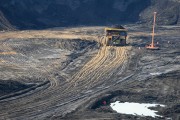When the dust settles on the U.S. State Department announcement that it is delaying making a decision on the TransCanada Keystone XL pipeline, it will be interesting to see what — if anything — governments and industry north of the border have learned from the opposition to the pipeline and the oilsands expansion that would be required to fill it.
A remarkable couple of years have spawned hundreds of demonstrations, protests and arrests and have united opposition from landowners, First Nations and environmental organizations from across the continent. Together, these actions and events show that the social license of the oilsands industry is tenuous, and that opposition is spreading.
Will the Keystone decision be the wake up call government needs to improve oilsands regulation?Will the negative reception of Keystone XL in the U.S. drive a new conversation within the oilsands industry and the governments of Alberta and Canada about the legitimate environmental concerns that formed the root of the opposition? And will that conversation extend beyond how to counter those concerns through public relations, to how to actually address them by improving performance? Already some opinion leaders in Canada have suggested that a failure to address environmental issues in the oilsands, combined with Canada's continued lack of regulating greenhouse gas pollution, is at least partially responsible for the opposition.
Or will the U.S. State Department's lukewarm response to the Keystone project provoke an increasingly antagonistic response from Canada — that the only solution is to seek other markets in Asia? This position risks setting up a high-stakes battle over the proposed Enbridge Northern Gateway pipeline, a project that appears to face even more public opposition than Keystone XL, while simultaneously souring our relationship with the U.S.
At the Pembina Institute, we hope the disruption over the Keystone XL project leads to a serious discussion about policy changes that could improve environmental performance of the oilsands industry. There have been promising signals that Alberta's new premier, Alison Redford, is open to having a fact-based dialogue about cleaning up oilsands production. Speaking at the Economic Club of Canada in Toronto yesterday, Redford struck a different tone in response to criticism of environmental management in the oilsands.
 "The United States is Canada's partner. And now, our partner is asking us to change," Redford said. Later, she added: "More than ever, consumers are demanding environmentally responsible products. In refashioning Canada as an energy leader, we must fill their requirements."
"The United States is Canada's partner. And now, our partner is asking us to change," Redford said. Later, she added: "More than ever, consumers are demanding environmentally responsible products. In refashioning Canada as an energy leader, we must fill their requirements."
While the premier says Alberta is "working flat-out to reduce the oilsands' impact," there remains much work to be done. And contrary to the premier's optimistic vision of making "sustainable hydrocarbon production a reality," fossil fuel development is by its nature unsustainable.
Earlier this year, the Pembina Institute released a road map of the 19 steps that would enable Alberta, Canada and the oilsands industry to demonstrate more responsible oilsands development. Solving the puzzle: environmental responsibility in oilsands development outlines 19 specific solutions available to help the Alberta government begin to address the environmental impacts of oilsands operations. We would welcome feedback on these policy proposals. We continue to work with interested parties to advance these step-change improvements in the way oilsands development occurs, and like the Premier, we look forward to participating in a "meaningful dialogue," so long as it leads to real change on the ground. After all, there's been a lot of dialogue already that simply added to the volumes of reports gathering dust on government shelves.
 From putting a price on carbon that actually drives emission reductions, to implementing conservation planning, to protecting caribou and limiting oil sands water withdrawals to protect flows in the Athabasca River, Solving the Puzzle outlines a range of rigorous and economically viable solutions to the environmental challenges posed by oilsands development. Putting these solutions in place could drive down environmental impacts and improve Alberta and Canada's increasingly shaky reputation.
From putting a price on carbon that actually drives emission reductions, to implementing conservation planning, to protecting caribou and limiting oil sands water withdrawals to protect flows in the Athabasca River, Solving the Puzzle outlines a range of rigorous and economically viable solutions to the environmental challenges posed by oilsands development. Putting these solutions in place could drive down environmental impacts and improve Alberta and Canada's increasingly shaky reputation.
As more of our customers and potential customers — be they in the U.S. or Europe — continue to question the environmental management of oilsands development, it is time to move from talk to actions that address these legitimate concerns. We hope that we will be able to report soon that Alberta and Canada are making progress on achieving the improvements outlined in Solving the Puzzle.






